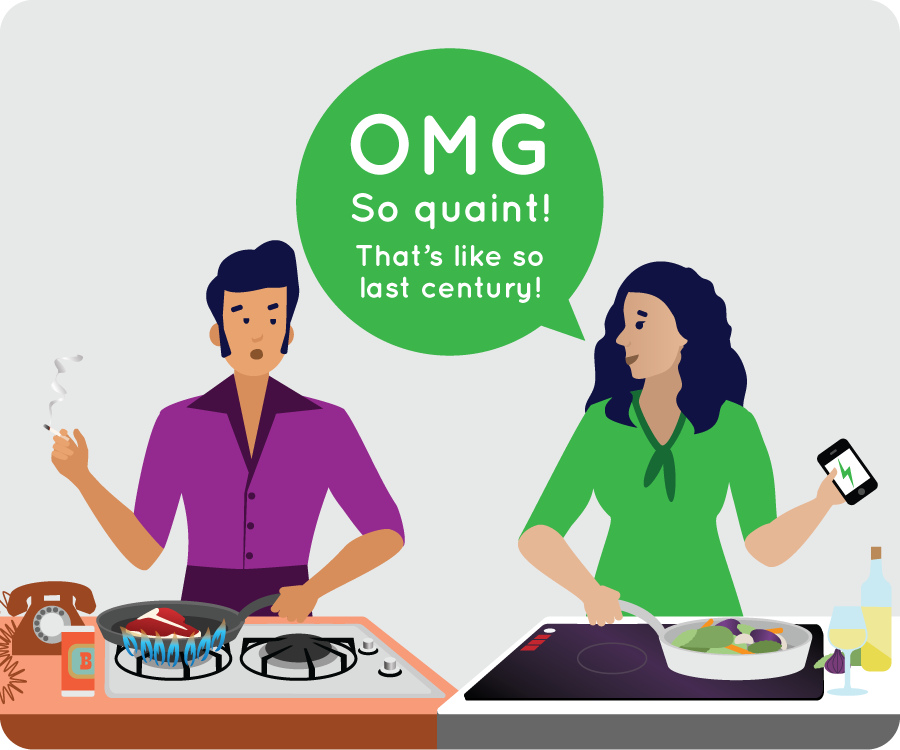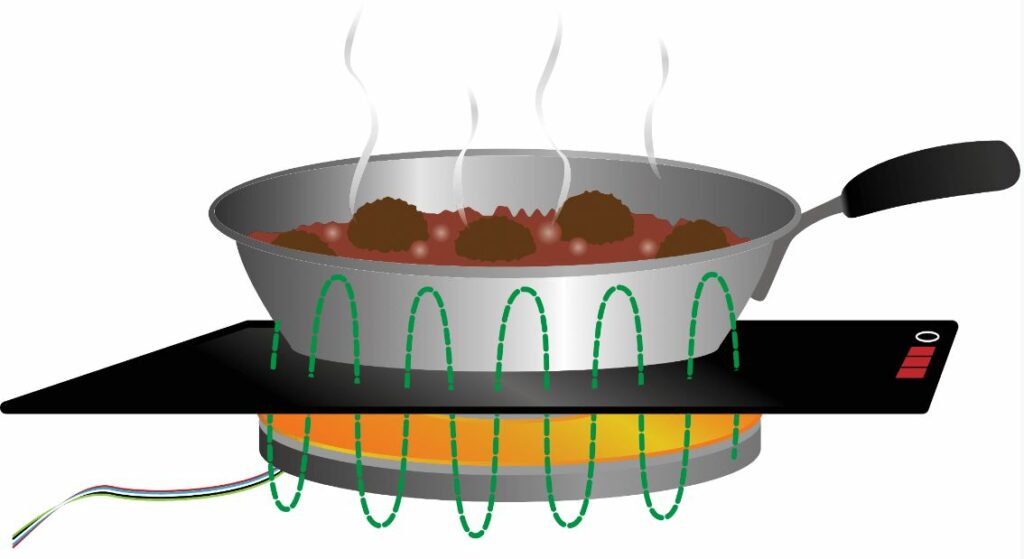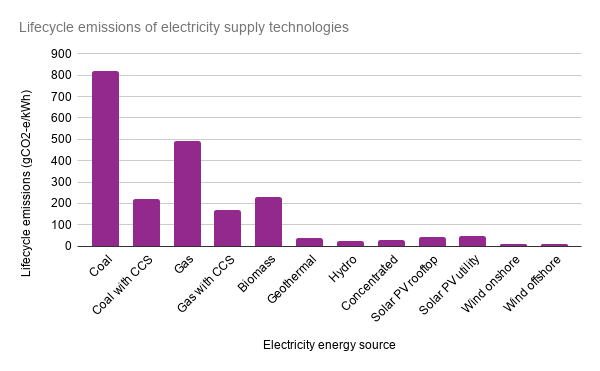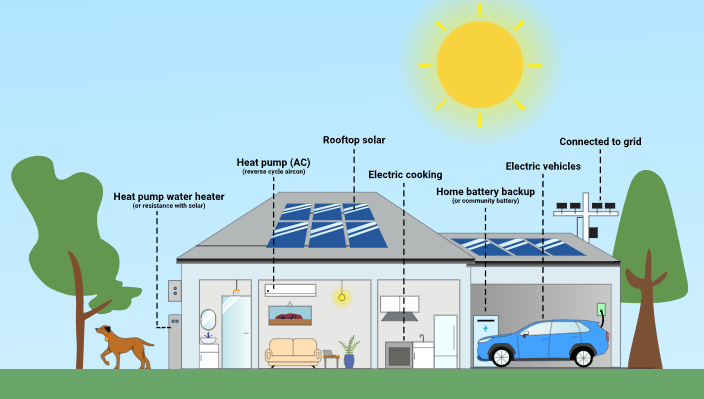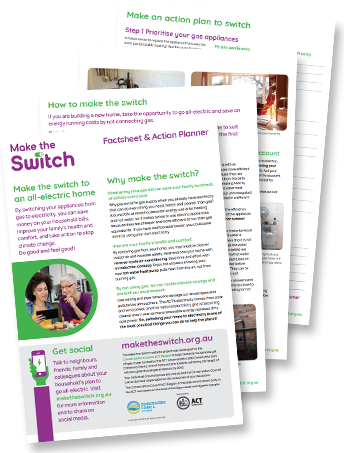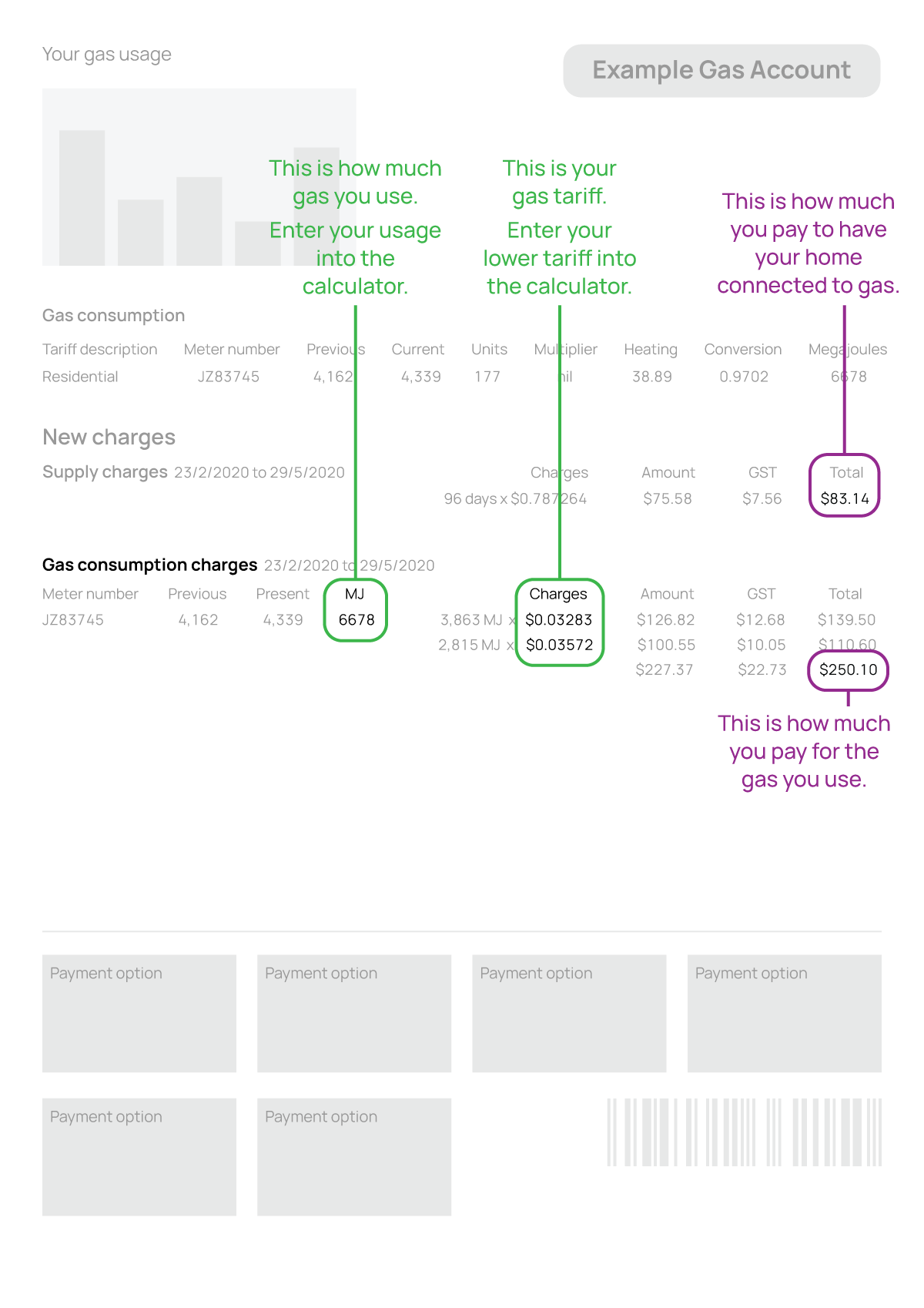Maybe. There are many things renters can do to reduce their gas usage.
There are many low-cost or temporary things you can do to reduce your gas use and improve your comfort, by improving the energy efficiency of your home. This includes covering windows with bubble wrap or heavier curtains, and draught sealing, using gap filler, foam strips or door snakes.
You can use portable electric heaters rather than installed gas heaters. While portable heaters are far less efficient than split systems, they can be more cost effective to operate than central heating systems if you only want to heat a small area such as a bedroom. Other options include heated throws and blankets to heat you, rather than the room.
There are a myriad of electric cooking appliances you could use instead of a gas stove, such as: electric ovens, microwave ovens, toasters, slow cookers, rice cookers, sandwich presses, waffle irons, pressure cookers, skillets, thermomixers, bread makers, portable hotplates and grillers, and portable induction cookers.
You can reduce hot water use by installing low-flow shower heads and tap attachments. To avoid relying on gas hot water systems, it might be possible to fit an under-sink, instant, electric water heater for kitchen and bathroom sinks, or for showering, use the portable, instant, tankless kind of electric water heater used for camping or caravans. If you can completely avoid using any of the gas appliances, you can ask your gas retailer to close your gas account and stop paying the supply charge, saving hundreds of dollars per year.
Tenants can request their landlord to switch all gas appliances to electric. Many landlords have not invested in upgrades because they think there’s no benefit to them. However, landlords are eligible for energy incentives and rebates on offer from the ACT Government, and this site could be used to demonstrate the long-term benefit for both tenants and property owners.
Find more information and resources for tenants, landlords and apartments on the Rentals & Units page.




